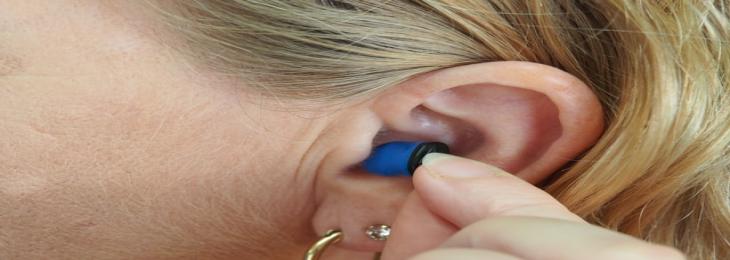Nov, 2021 - By WMR

Scientists developed a flexible hearing aid that translates sound waves in matching electrical signals and requires no battery.
The need of efficient, flexible and self-powered hearing aid is increasing to treat sensorineural hearing loss caused by dysfunctional hair cells. Hearing aids can make life easier for people, however, limited battery life of these devices is still problematic. Researchers at Huazhong University of Science and Technology, China developed a hearing device that translates sound waves into matching electrical signals when tested in a model ear, without needing external power.
The prototype device developed by the scientists is made of spongey material with both piezoelectric and triboelectric qualities. The piezoelectric material used in the device produces electric current under mechanical stress, while with the triboelectric material an electric charge is created by on and off contact of one material with another. The team created a thin and flexible membrane from mixture of barium titanate nanoparticles and silicon dioxide to create the piezo- and triboelectric material. Then using an alkaline solution, the scientists dissolved the silicon dioxide shells of nanoparticles, which allows these particles to sit loosely within the holes of polymer matrix. This membrane then was put between two thin metal grids, and was exposed to sound waves. As the sound waves hit the membrane, it started vibrating back and forth, which generated an electrical current through piezoelectric effect.
Moreover, the tribroelectric charge generated when the nanoparticles leave the walls of polymer chamber, it increased the total electric output of the membrane by 55%, compared to possible output by piezoelectricity. The scientists then tested the device in a model of human ear by playing a music in it, where the electric signals generated by the device were transformed into a digital audio file. In results, it was found that the sound recorded was very much like the original music. The team conducted more tests where the device was found to be sensitive to various acoustic range, which makes it more capable of picking up most voices and sounds in the human hearing range.

We will be happy to help you find what you need. Please call us or write to us: